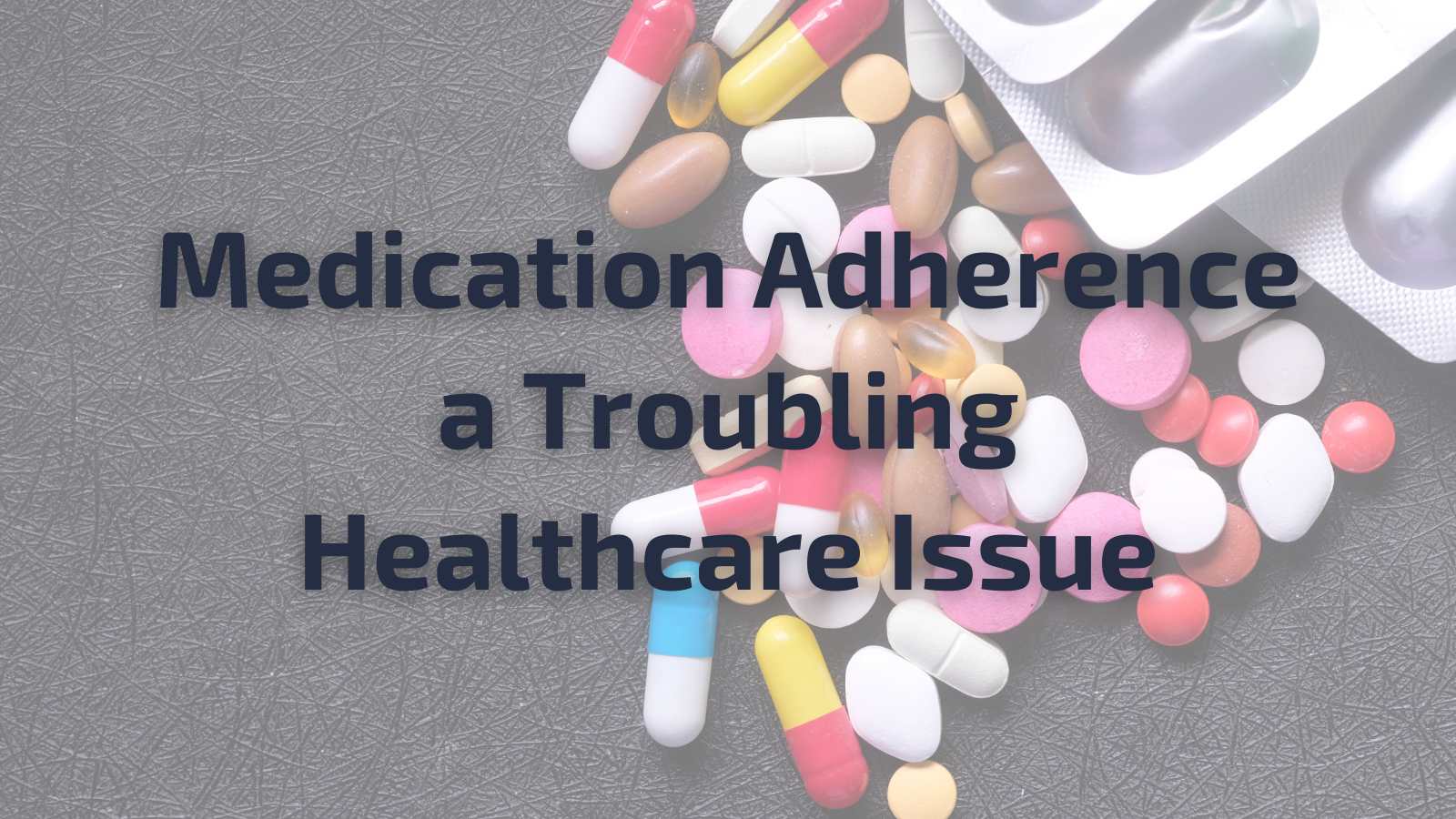A considerable amount of modern medicine is aimed not at cure but at control. Most healthcare and drugs are devised to manage chronic conditions such as diabetes, high blood pressure, high cholesterol, etc. Unfortunately, adherence to these medications is severely lacking. The CDC reports that 3.8 billion prescriptions are written annually in the United States. However, approximately one in five are never filled, and among those filled, about 50% are taken incorrectly, particularly concerning timing, dosage, frequency, and duration.
Adherence rates of 80% are needed for therapeutic efficiency. However, adherence to chronic medication is around 50%. Rates decline as the time from when the prescription is written persists. The consequence of medication non-adherence is colossal, including worsening of disease, lower quality of life, more frequent visits to emergency rooms and hospital admissions and higher mortality rates.
Escalating Drug Prices
Major barriers exist for medication adherence. Cost is certainly a notable one. Patients are challenged by the excessive cost of their medications. And there is no end to price hikes. According to Reuters, drugmakers are set to raise US prices on at least 500 drugs in January. For example, Pfizer plans to increase on 124 drugs. The prohibitive cost of drugs results in patient’s non-adherence to their medication plan, many choose to reduce their dosage, and others stop taking their prescriptions.
Tried Tactics
In efforts to address the medication adherence crisis, pharmacists have implemented a host of technologies such as auto-refills, medication synchronization, text messages, and phone calls. These have all been helped get drugs into the hands of patients. However, those services fail to help patients take their medications as recommended by their providers.
Calendarized Blister Packaging Improves Adherence
Instead of dispensing medications in bottles, manufacturers are now packaging drugs in calendarized adherence blister packaging. This packaging is a game-changing solution that radically changes how medications are packaged, shipped, and dispensed.
Packages that remind individuals to take their medications have been highly effective. For example, birth control pills have been distributed in blister packages since the 1970s, and more recently, some antibiotics. Studies have shown that the adherence ratios with traditional drug bottles are as low as 50% for many patients. In contrast, blister packs with day codes can significantly increase that percentage, improving patient adherence. Furthermore, calendars can be printed on blister packages, making it easy to track if medication has been taken and when patients should take their next pill.
Each dose taken creates a patient engagement experience; the calendarized blister is a user interface prompting the patient to be compliant and immediately alerts them when they have not been, which enables them to modify their behavior, if necessary, moving forward. Physical cues are integrated to remind patients to order refills.
QR Codes Provide a Portal to Patient Information and eCommerce
The value of QR codes rose considerably during the pandemic when restaurants used them on menus. The healthcare industry has now embraced them as a convenient way for patients to access information.
Blister packages are flat instead of conventional round or newer square bottles. This flat space on the box allows for QR codes to be prominently displayed and can be a gateway to conveniently lead patients to online pharmacy resources or seamlessly connect patients to other ecommerce solutions.
Persistence with a drug regimen helps improve patient outcomes, reduces mortality rates, and decreases healthcare costs.


